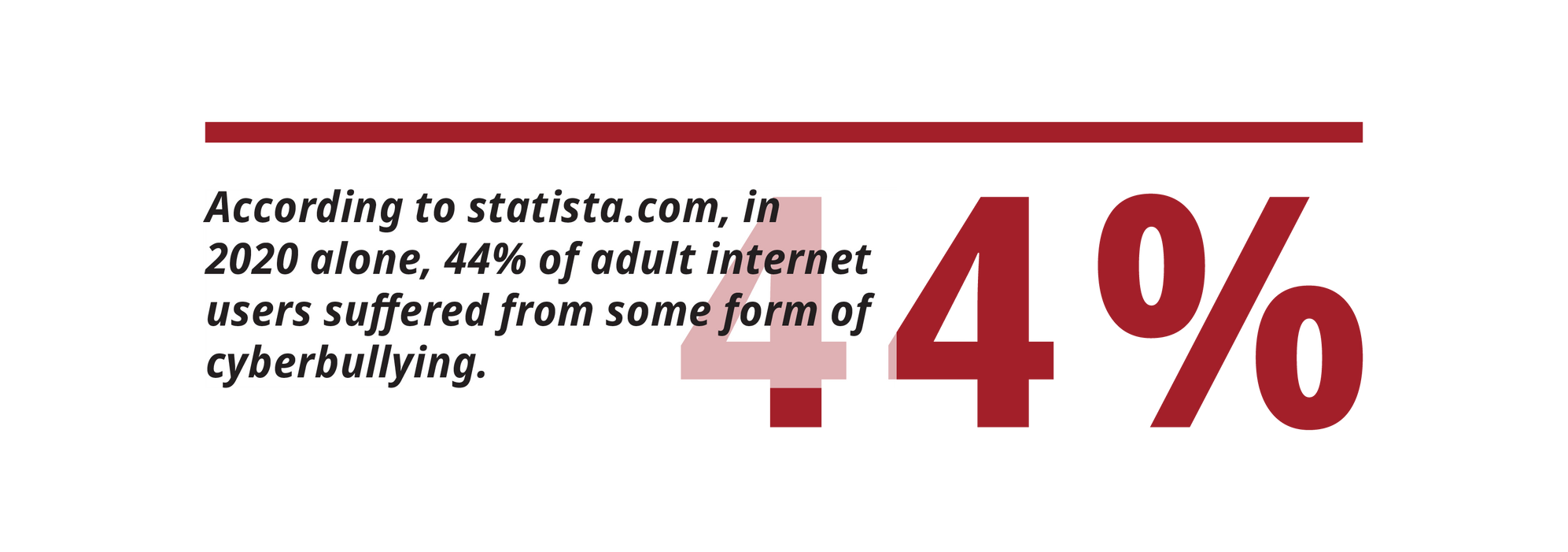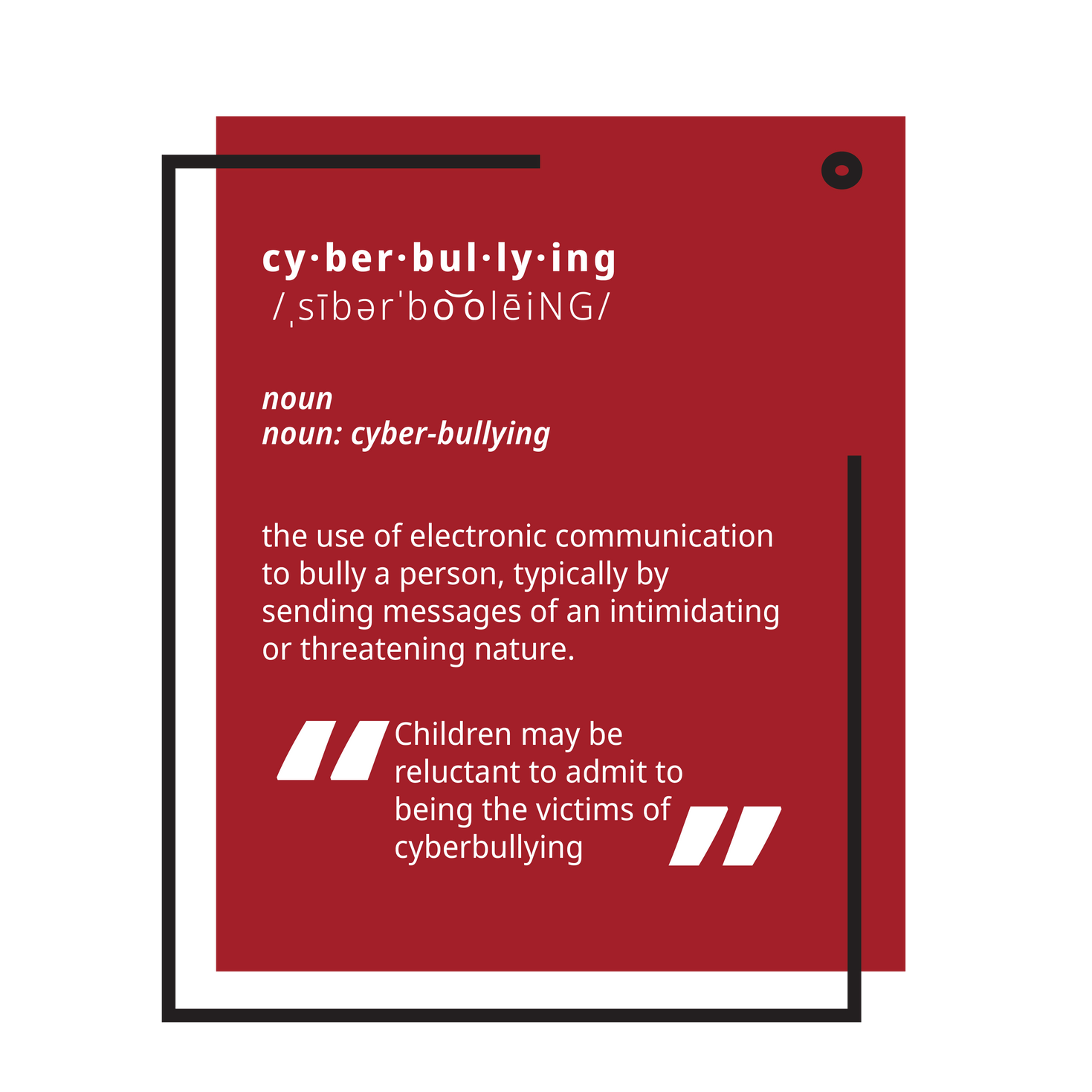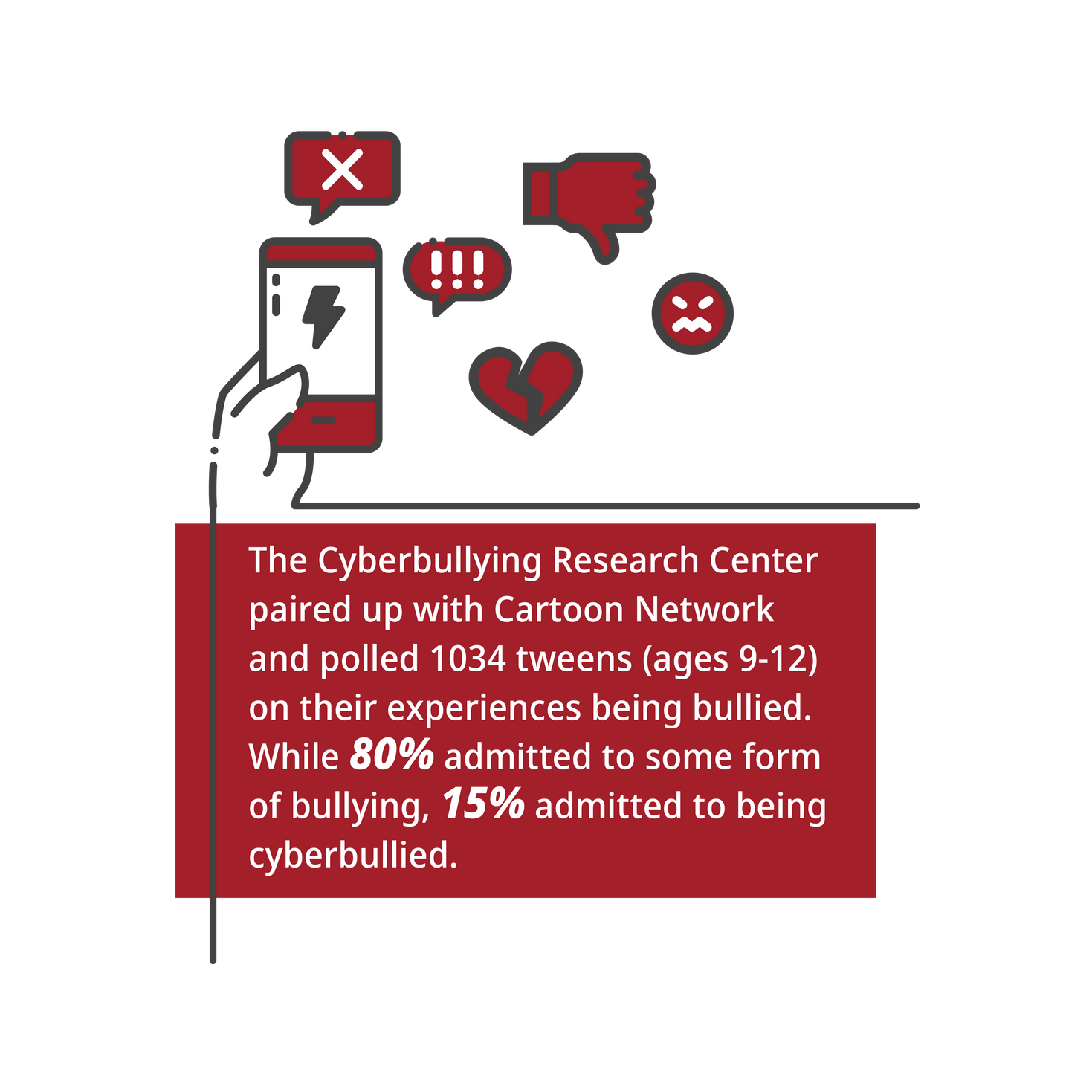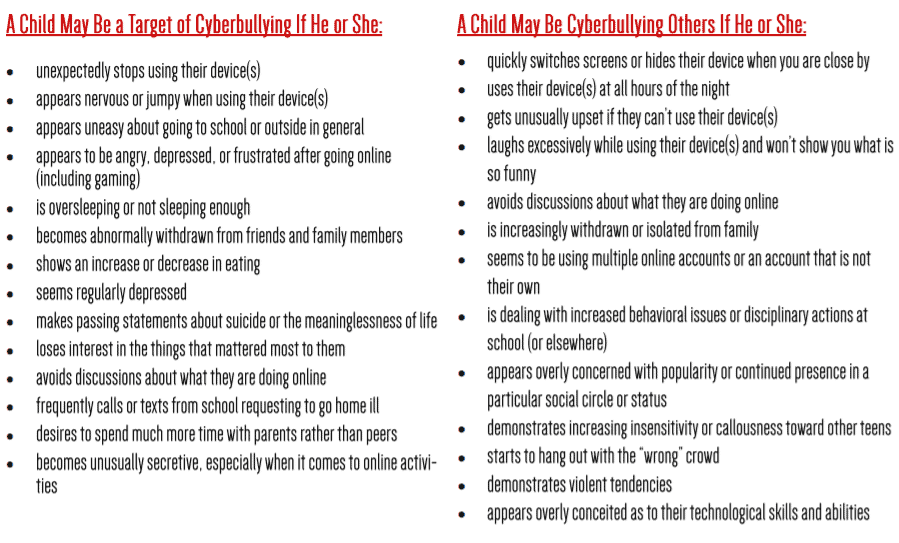As Mental Health Awareness Month comes to a conclusion, we would like to take a step back from our more traditional, technical content to discuss an issue that stands at the intersection of mental health and the cyber threat landscape in 2021: cyber bullying. Redpoint would like to highlight controls that individual users can employ to mitigate and minimize the misuse of social media and internet-related technology.

We are more connected to each other and to our devices now than ever before. Many people’s lives are tied to their phones, social media, email and the internet in general. Large portions of our social interactions are spent seeking likes, upvotes and shares on the content we put out into the world. The dopamine produced from these social interactions makes us want to continue to do this day-in and day-out.
However, the anonymity afforded to the users of these platforms can turn social media from something that brings us closer to friends and family than ever before, to something that is a source of anxiety and hurt for many.

Cyberbullying is an often-overlooked threat to our society and is perpetrated through ones and zeroes just as much as traditional cyber threats. Bullying has been an issue for as long as memory services, but the advent of the digital world has made it and inescapable, daily reality for many. Now, bullying doesn’t stop when an individual leaves school or work, it follows them wherever they go. As a result, cyberbullying victims are 14.5% more likely to have suicidal thoughts experience social anxiety, depression and suicidal thoughts, and suicide attempts are 8.7% more common among cyberbullying victims than the rest of the population.
How can individuals take steps to prevent cyberbullying, improve their health and increase their safety?
1.Protect Your Privacy
Most social media platforms store an egregious amount of personal information, which can be implicitly or explicitly provided by the platforms’ users. Some of the data that is typically stored includes email addresses, home addresses, phone numbers and even information on your place of employment. Any of this information can result in digital abuse if accessed by someone seeking to cause damage.
Keeping Personally Identifiable Information (PII) private on social media often seems like an insurmountable task, as this kind of information is often required in order to create an account.
As marketing and media become more advanced, social media companies are getting even more greedy about the data that they require. It is important that you put significant thought into the information you are willing to give up to these companies.
It is also important that you seriously consider what you post to your social media accounts. Posting photos of personal nature, such as your family members or important events, may seem harmless enough, but may give away the answers to common security questions found in password reset processes for important accounts like your online bank account or your social media logins. It is common for this information to be gleaned from social media by bad actors attempting to garner more knowledge about their potential victim; this is called Open Source Intelligence or OSINT. With your social media posts, you may unwittingly be creating a traceable pattern online.
Here is an example of patterning your behavior:
- Every day at 4:00 PM – “Walking to the gym!”
- Every day at 4:15 PM – “Just arrived at the gym, let’s get it!”
- Every day at 6:00 PM – “Done with my work out, going for smoothies!”
- Every day at 6:09 PM – Checked in at Smoothie Hut
- Every day at 6:12 PM – “HOME!”
Posting schedules can allow bullies to reasonably ascertain the amount of time it takes you to get to the gym or that you live in a specific geographic location, which can be further drilled down because you don’t have a car. In these cases, cyberbullies gain access to your entire routine and location with little to no effort involved.
Applying a privacy framework to your social media activities can help you determine what posts are safe, what you or your child consider embarrassing and which posts could open vulnerabilities in your social network. You can utilize something basic.

2.Monitor Your Social Media Activity
It is important to monitor not only your child’s, but your own social media accounts for signs of potential cyberbullying. Oftentimes cyberbullying will start with one comment or message on a single account, and if you are able to catch it in its early stages it will be easier to simply block the cyberbully or address the problem offline if it is someone you or your child know in real life.
The best way to monitor social media usage is to maintain awareness of what is being posted, the comments on all posts, other post engagements such as reposts, mentions or tags by others and reading through private messages.
While monitoring your child’s online activity is controversial, it is important to build up the trust that goes along with allowing your child to have an unmonitored social presence. Additionally, your children may show signs in their offline lives about any cyberbullying they are experiencing or perpetrating online. Below are some common warning signs of which you should be aware:

What to do if You or Your Child are a Victim of Cyberbullying
Every situation of bullying requires a delicate touch, but depending on the extent of the cyberbullying, there are clear actions that can be taken.
● Speak with the victim to ensure they don’t feel alone, or reach out to a trusted person if you are the victim
● Block the perpetrator on social media platforms, or put aside a time to meet with the perpetrator in person and discuss the situation.
● Contact the school or law enforcement as necessary.
There are laws are in place to ensure the safety of those who are being victimized by cyberbullying, these are generally sanctioned by the state and have varying degrees of penalty. More about this can be found here.4 While there are no Federal laws that specifically mention or deal with cyberbullying, many harassment-type charges can be charged in addition to any state sanctions.
Technology is not the cause of cyberbullying or the ill-effects that come from the misuse of the medium. Rather, technology is a vehicle for however the user would like to shape it. Learning how to navigate social media platforms, forum sites and even games can help us to reduce the occurrence and effects of cyberbullying.
Sources
https://www.statista.com/statistics/333942/us-internet-online-harassment-severity/
https://i.cartoonnetwork.com/stop-bullying/pdfs/CN_Stop_Bullying_Cyber_Bullying_Report_9.30.20.pdf
https://cyberbullying.org/cyberbullying-warning-signs.pdf
https://www.journals.elsevier.com/journal-of-health-economics